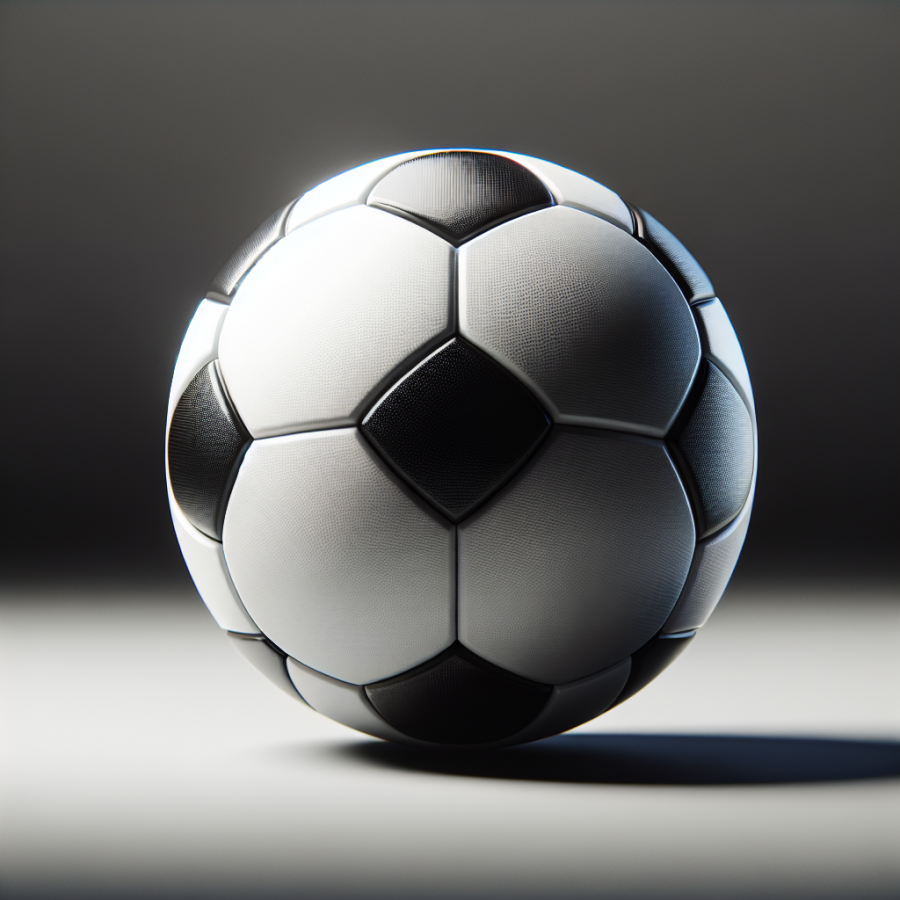Factors Influencing the Cost of a Soccer Ball
The cost of a soccer ball varies significantly, influenced by several critical factors. Understanding these determinators will help in making an informed decision before purchasing one.
The first factor influencing the cost of a soccer ball is the Material. Soccer balls are generally made of two types of materials: synthetic leather and natural leather. Natural leather balls tend to be more expensive because they offer more softness, which makes them easier to control. However, these balls are less durable than synthetic leather balls, which are more cost-effective and weather-resistant. The quality of the material directly affects the price. Higher quality, filled with advanced technology materials will be more expensive than a basic one.
The Brand of the ball also plays a significant role in its pricing. Renowned sports brands such as Nike, Adidas, and Puma typically charge more for their soccer balls due to the high quality, extensive research, and reputation they stand to maintain. Therefore, a buyer must balance between the cost and the reliability of the brand name.
The Size of the soccer ball is another crucial factor. A smaller, size three or four, soccer balls used by children usually cost less than regulation size, size five, soccer balls used in high school, college, and professional leagues. The reason for the price difference is that smaller balls use less material and hence cost less to manufacture.
The FIFA Approval Stamp on a soccer ball can also increase its cost. These balls have been tested rigorously and are deemed to meet the International Match ball Standard or the FIFA Quality Pro mark, indicating extreme durability, weight, shape, and water absorption. However, unless you're playing professionally or require your ball to fulfill these stringent standards, a non-approved soccer ball should suit your needs just as well and be much less expensive.
The Design and novelty factor of the soccer ball can sway its price as well. Limited edition balls that are exclusively produced for major tournaments like the World Cup or Champions League are often more expensive due to their unique design and limited availability. Additionally, balls boasting signature branding by famous soccer personalities may also come with a higher price tag.
Finally, the Durability of the soccer ball directly influences its price, as well. A soccer ball that is designed to withstand heavy use over a long period will generally be more expensive than a ball designed for casual or light play.
In conclusion, these factors all play into how much soccer balls cost.
Read also:
Today's Full Court Schedule: All Basketball Games Listed"
Understanding the Different Price Ranges of Soccer Balls
Soccer balls come in a wide range of prices, essentially catering to all kinds of users, whether they're competitive league players, recreational players, or amateur enthusiasts. While it's easy to consider the price alone when buying a soccer ball, it's crucial to understand what exactly contributes to the price range of these vital sports equipment.
At the bottom of the price range, you’ll find the most basic soccer balls that are usually priced between $10 and $30. These balls are designed for occasional use by casual players or young children and are therefore constructed with entry-level materials like PVC (Polyvinyl Carbonate). They generally lack the durability, feel, or consistent performance that more expensive balls offer, but they're perfectly suitable for beginners or occasional play in the park or backyard.
Charging slightly more, typically between $30 and $50, intermediate-level soccer balls provide a significant step-up in quality. They are mainly made from a mixture of materials like TPU (Thermoplastic Polyurethane), which is slightly softer and offers more responsiveness than PVC. These soccer balls are excellent for school clubs, junior-level training, and regular recreational play.
Mid-tier soccer balls, which usually range from $50-$100, offer a balance of performance for their cost. They make use of higher-quality materials like synthetic leather and feature better construction techniques which result in superior sturdiness and longevity. They also provide better consistency on the field, making them ideal for high school, college, and club-level competitions.
The higher end of the price spectrum is where you start seeing soccer balls designed for professional use. Priced between $100-$150, these balls use the finest standard in manufacturing materials and techniques. They are FIFA (Federation Internationale de Football Association) approved for quality and consistency and are often chosen for professional and high-level competitions.
The top of the line soccer balls are typically priced over $150 and can reach up to $200 or more. These premium balls represent the pinnacle of soccer ball technology and design. They feature top-grade synthetic leather and layers of polyester or cotton for durability, consistency and excellent playing characteristics. They are typically used in international and professional leagues and by serious players who want to use the best available equipment.
In conclusion, there are various factors contributing to the price of a soccer ball from the materials used, the manufacturing process, and the level of play it's intended for.




